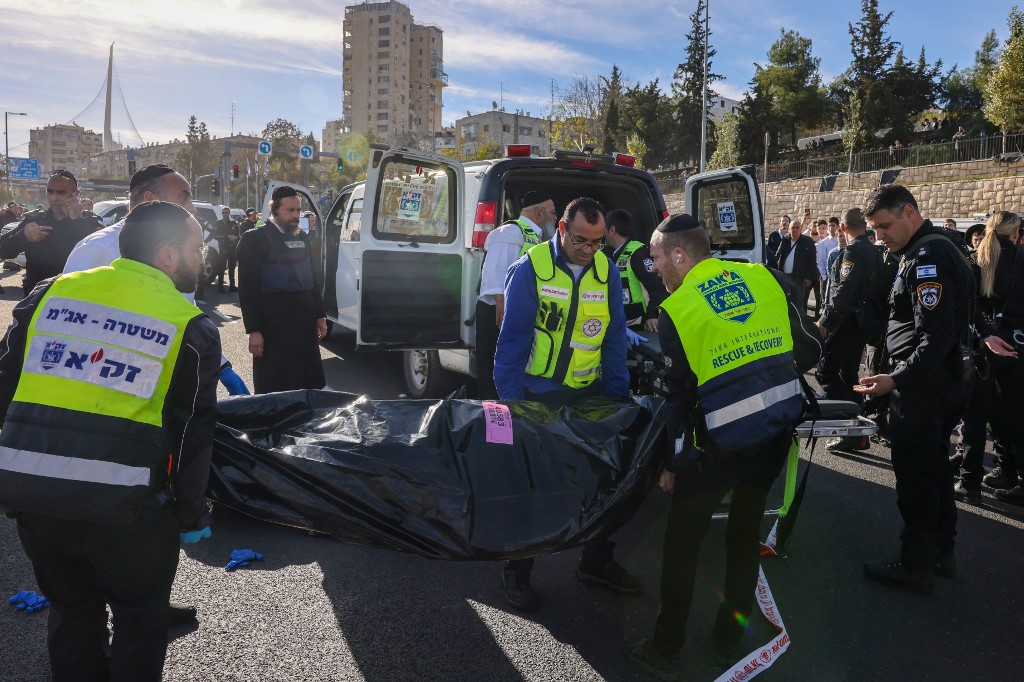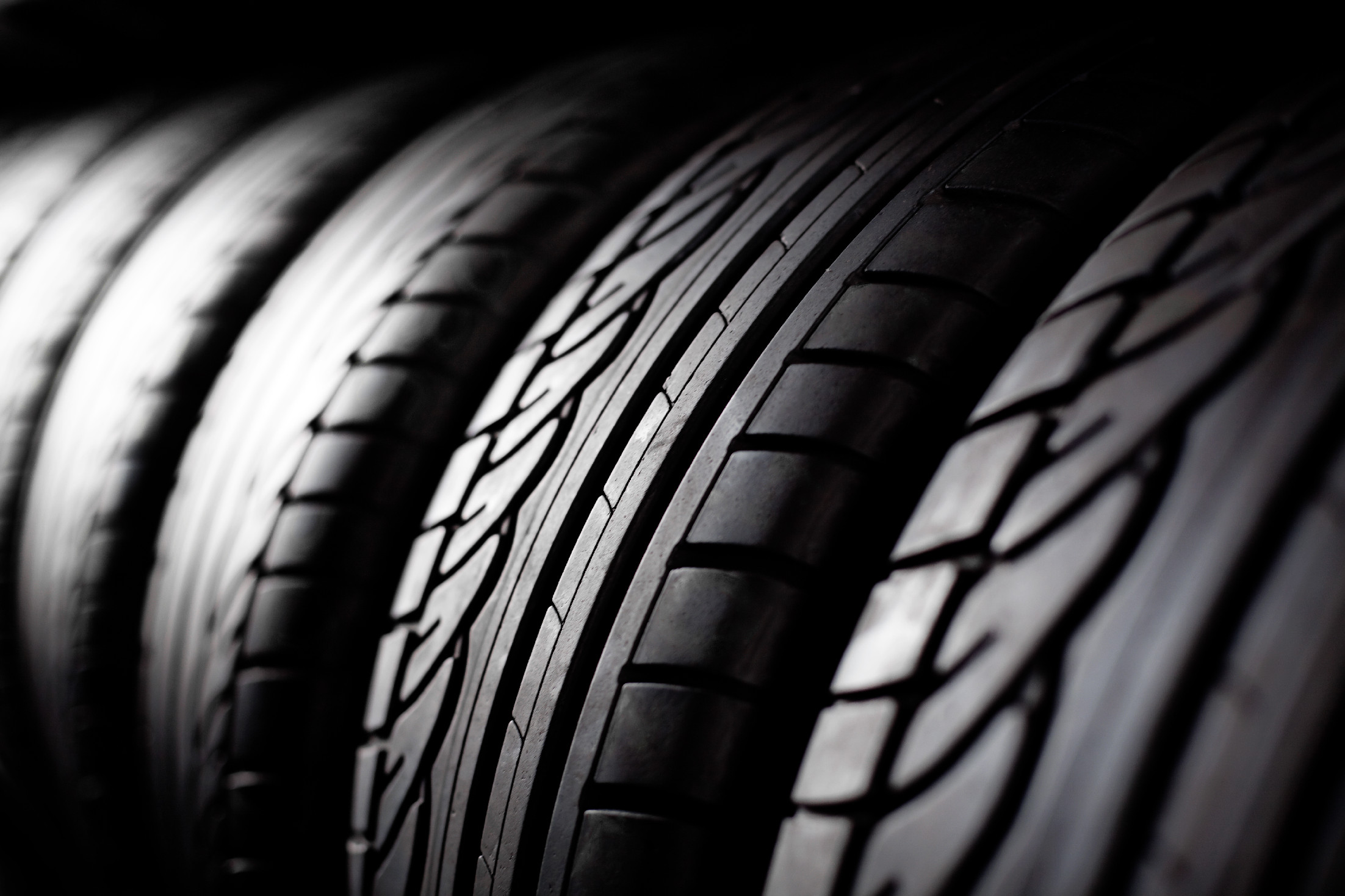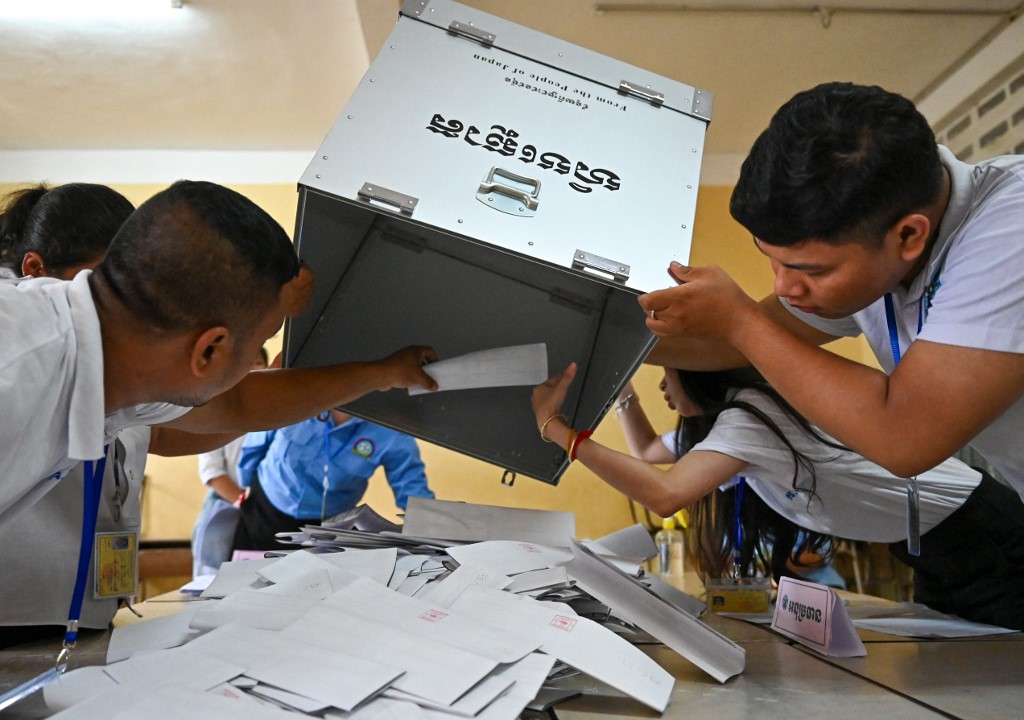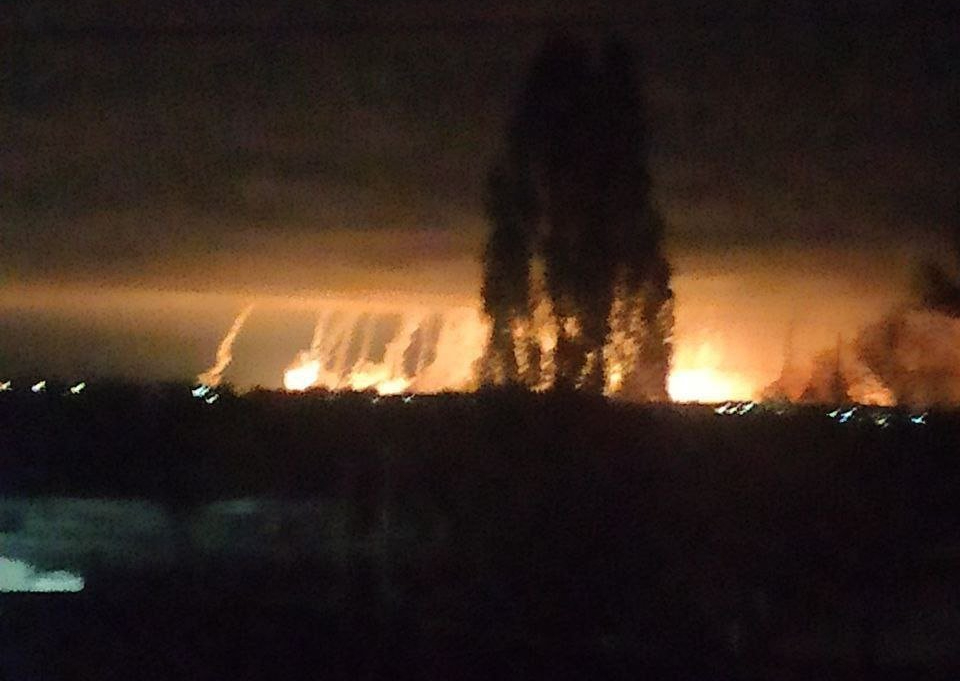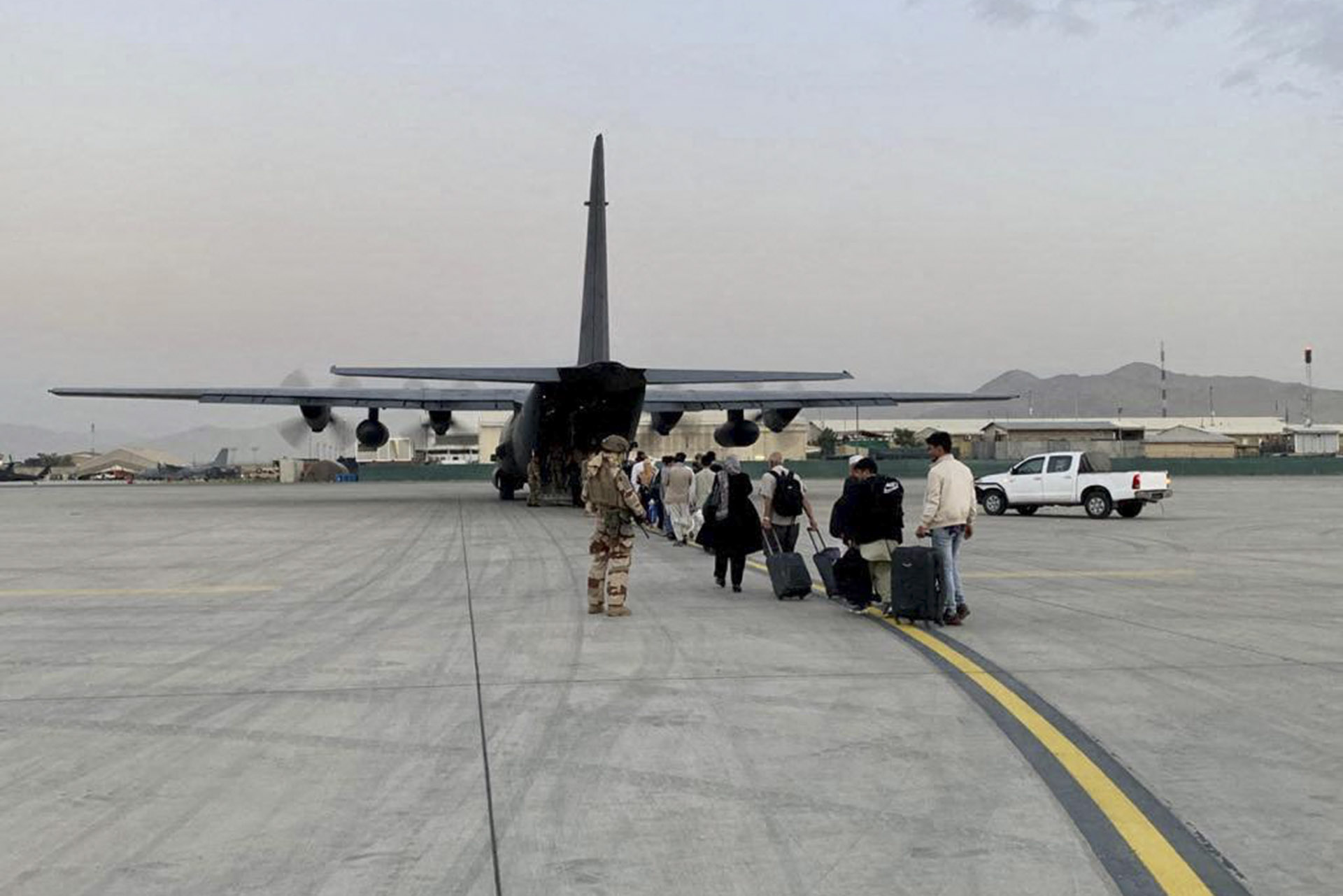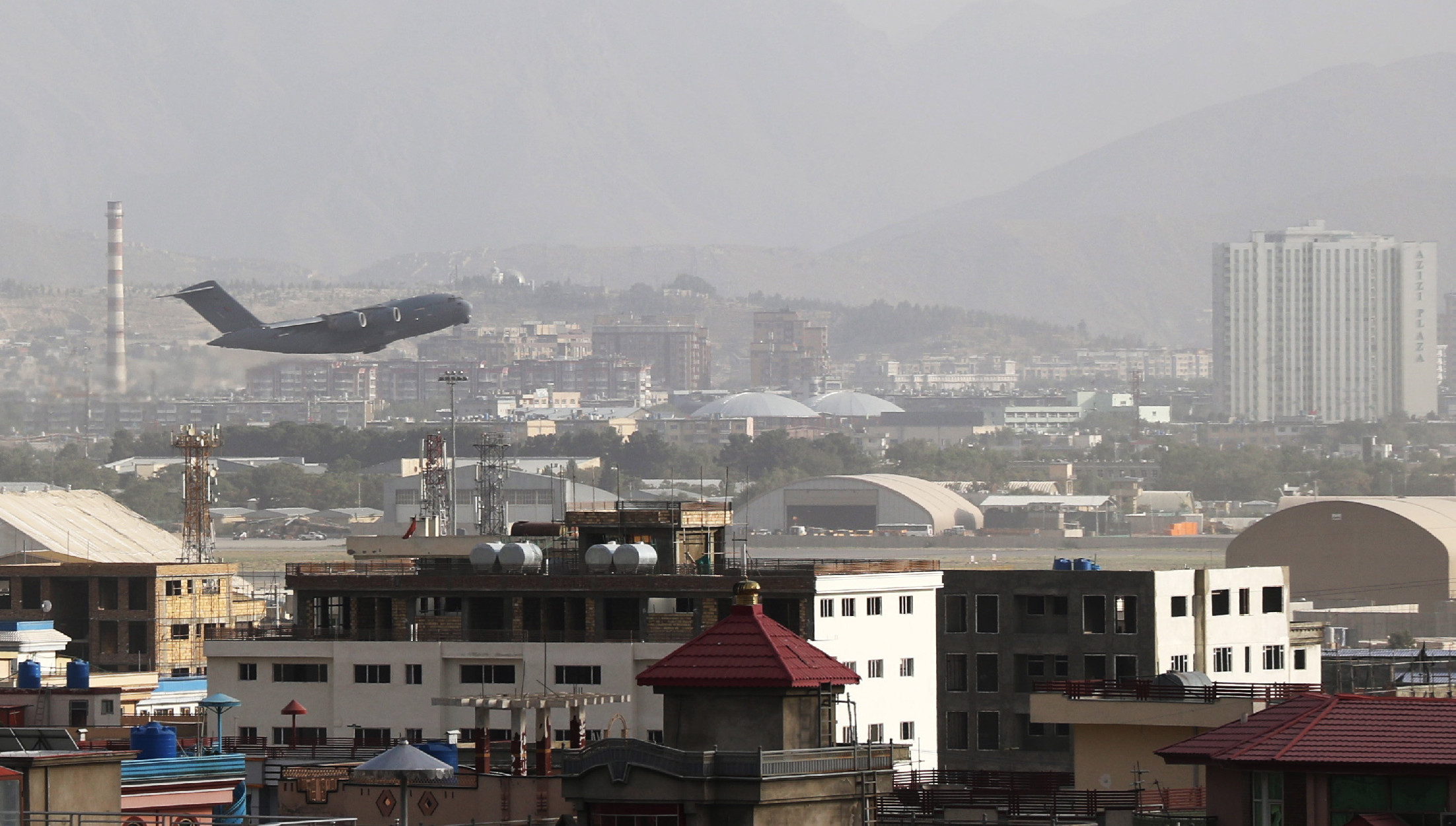The Anatomy of Child Hunting – Testimonies of Rohingya refugees from Bangladesh
Just like a real, immense metropolis: crowded avenues, tumultuous streets, tights shortcuts between stuck-together houses, small groceries at unexpected corners, intersections filled with people rushing towards every imaginable direction. But nothing is what it seems. The streets are not real streets, the houses are not houses, the rush is rather fleeing, and finally the metropolis is not a metropolis.
An area of deserted hills, surrounded by what is left of the jungle, next to the Indian ocean. An arid yellow dusty fresco in an emerald frame: this is the largest refugee camp in the world in the spring of 2018, just a couple of weeks before the rainy monsoon.
The Kutupalong refugee camp (and its extensions) has taken over only recently this dubious title – the largest refugee camp in the world – from the Kenyan Kakuma camp. It happened over a very short and very dramatic period, during the blood-filled and monsoon-battered months of 2017, when the latest humanitarian catastrophe in Myanmar culminated in a new horrific chapter but unfortunately foreseeable chapter. Although there had been several waves of arrivals in the last four decades, the largest number of people arrived in 2017, when 693 000 people (including 380 480 children) crossed the border between Myanmar and Bangladesh. Until this day, according to the Bangladeshi government’s biometric registration, there are 1 108 822 Rohingya refugees in the country, being itself a place with an extremely high density of population. The majority of fugitives (more than 600 000 people) are living here, in the Kutupalong refugee camp. This camp is as large as Washington DC, I was told by an aid worker. I have to add: it is like an antithesis of Washington DC. There is roughly same amount of people, but living far from any facilities, lacking any kind of economic or political power, and surviving in extremely vulnerable conditions.
A significant part of this mega-settlement was built by the refugees themselves, and they had to do it very quickly. The camp is totally different from the protection zones around the European borders. There are no tents or any other standardized shelters. This is a land of landslides, cyclones and floods, so its people are living in small lairs, carved into deserted hill-sides. One lair above the other, like an enormous beehive. There is also an enormous number of quickly built sheds made of bamboo, loam and empty sacks of international aid organizations. When these sacks are filled with sand, they are used for fortifying the hillsides against landslides. The sacks are marked with the clearly visible logos of several aid organizations, so one may have the impression that the aid organizations are omnipresent. With their empty sacks.
There are large families living in these makeshift houses: 4 to 10 children and many adults. Even the tightest shed is divided in at least two parts: an open room for daily activities, a kind of public sphere, and a hidden one, an intimate corner, mostly for women and children. Among the loud swarms a permanent attention, alertness is being felt all the time. Glances lurking behind the curtains, women hiding in the smallest shaded corners, girls in ad-hoc dugouts. Be safe as much as possible, don’t be exposed, always have at least one runaway path – these are some of the vital rules kept in mind and respected by everyone who come from the war zones of Myanmar.
The camp is a place to survive and – in unfortunate or fatal moments - a place to perish. The biggest challenge is the water sanitation: being situated in a deforested area, the settlement has got very poor sources of potable water (188). And there is an immense need for clear water: according to the UNICEF, at Kutupalong 17 million liters of water is needed per day. More than seven thousand tube wells have been placed inside the camps, but there are many more, unofficially dug or uncontrolled wells, that are contaminated. UNICEF data shows that 70 percent of water sources have been contaminated with e.coli bacteria last year.
The women are carefully hiding during the day in the darkness of the small lairs, but when their family is in need for water, they are forced to queue at the poor water flow of the tube wells. Embarrassed people, coming from the isolation of the jungles of Rakhine (Myanmar), have to bath here publicly, covering themselves with rags. A squatting man is washing his face with quick moves and fussed eyes behind a woven bamboo fence: he is preparing for the Friday prayer. A tiny teenage girl, wrapped in textiles, is pouring water on her body in a not so exposed corner of the square: this is the only way she can wash herself, surveyed permanently by vigilant eyes. These are the most intimate moments of an immense multitude of people, constrained into unbearable physical closure.
The lack of space as a perpetual danger is obvious: because of the many latrines wedged amid the sheds, excrement and urine is permanent around the living spaces and close to the tube wells (192). Diarrhea is a constant threat for the children: more than 40 percent of Rohingya children are suffering from chronic malnutrition, but the biggest menace is the outbreak of the so-called “forgotten” diseases: at the end of 2017 the Medicines sans Frontier has reported more than 2000 cases of diphtheria.
The Bangladeshi government, with the support of the WHO, the Vaccine Alliance and the UNICEF has launched a vaccination campaign for children under six years old. But unfortunately the living conditions in the last half year haven’t changed for the better.
There is a race against time, because another threat has appeared besides diphtheria. Among the crowded lairs, where sewage is stagnant and there is a lack of clear water, a new enemy arose: the cholera.
900 000 doses of vaccine were available last year in Bangladesh, the question is whether it is possible to reach the most vulnerable in this congested and chaotic environment. There are health posts, breastfeeding support centers and child-friendly spaces spread inside the camps. Most of them are more stable makeshift shelters, also made of bamboo and planks. Above these edifices there are waving flags of international organizations, fluttering like colorful butterflies: IOM, Islamic Help, Turkish Crescent, UNICEF, UNCHR, BRAC and many more. Under these flags there are well-guarded depots, surrounded by soldiers. Even the toilets have flags. Everything is accurately marked: this is how it came out that one of the many ramshackle latrines was supported by the World Care Foundation.
The flags, banners, logos are clearly visible but it is uncertain what is going on under and behind them. The child safe places for example look like schools, or some kind of of educational corners ,but these are not schools and there are no running middle- or long term educational programs. The Bangladeshi government has not yet officially classified the arrival of Rohingya refugees as humanitarian crisis, so the international organizations are working under very limited circumstances here, without the possibility of supporting institutions, like schools. The child safe places are not more and not less than care centers and playgrounds decorated with children’s drawings; the kind and really childish ones are more exposed, the visual testimonies of war and violence are not so visible (461). The guests are welcomed by the children with chants. The song “We Shall Overcome” is sung almost immediately and loudly as somebody shows up inside, and it is repeated again and again until the teacher signals them to stop. Skinny, scarred Rohingya children holding each other’s arms and shouting the overcome anthem in their own reinterpretation, like a desperate lullaby – that is all that gives them hope. Even so, the child safe places are very important – a volunteer explains –, first of all because the endangered children can be traced and evaluated at a certain level, and secondly, because they also function as playgrounds. This spaciousness of these child safe places is quite a luxury for those who are growing up in the crowded Rohingya camps.
The health posts are designed mostly for quick and inevitable interventions: for example, toddlers who are exposed to malnutrition are measured here. In case of severe malnutrition, they get a special nutrition supply. A small sachet of therapeutic food with 500 calories can save lives. Getting here takes a lot of effort, but once received, the sachet is a hope for survival.
Thin mothers are feeding patiently their even thinner babies, who eat very slowly. Like a slow motion picture. They are past the stage of hasty hunger. These moments of feeding and eating must be savored as long as possible.
But not all of them can reach the health posts in time. A small hut on the top of a hill, with walls covered outside by the sacks of the UNCHR, at a twenty-minute walk from the closest health post, is now being filled with painful noises. They are monotone, throbbing throat sounds. A clear sign that something fatal has happened. The people passing by the hut rush their steps, quickly going away. Or, on the contrary, some of them are stopping, waiting a bit, peeking inside. A young girl beckons us to enter. In the middle of the hut the body of a two-month old baby is lying on the floor, covered with grey rags. A chubby, motionless little boy, whose mouth is open and hands are fisted. Three women are kneeling around him, two of them are crying and chanting. They are taking off the rags and wrapping back the body again and again. The youngest woman ties the stiffed ankles with a string, then hopelessly tries to open the fisted little hands. The oldest and loudest woman covers her face with a textile, crying behind it, glancing out again and again to look into death’s eyes. There is one woman in her twenties, sitting petrified at the stiffed legs of the baby. Staring into space, crying without voice, nodding mechanically to the mourners, she is not touching the lifeless body at all. She is the mother.
Silent adults arrive, and then leave the hut after a few minutes of condolences. Short conversations of empathy can be heard. Young toddlers are running in and out, looking uneased to their fellow who is lying on the floor. They are playing around a child who has died from measles – they told us later. If they are lucky, they have already got their vaccination. There are broad vaccination programs in the camp, but a significant part of the stateless Rohingya community hasn’t been vaccinated at all. Living in crowded refugee camps enormously rises the risk of epidemics. But this moment of mourning is not the time for prevention. Everything and everyone is whirling now in the narrow interior, except the dead infant and his still alive mother: their frozen community persists.
The young father (in his twenties as well) is waiting outside. He is not following the visitors. Laid against the wall of the hut, he tries to understand the incomprehensible. “We have gone so many times to the doctors, and look what happened” – the father tells faded. “We had been at the doctor even this morning, who gave us some pills, and by the time we got home, my son died” – the man adds.
Infant mortality is frequent in the Rohingya community: war crimes, starvation, epidemics or simply drying-up. (68)There are many Rohingya parents who outlive their children. The loss of a Rohingya child – let us use an inappropriate word – is “common”. These frequent tragedies are related by the mourners consciously, in great detail, with only few, but precisely chosen words. The intensity of mourning is revealed only in gestures, glances of inertia, vulnerability.
Why had this baby had to die because of a treatable disease? It is very possible – the interpreter says – that the medical team did not understand the parents in time, they did not have enough information about the symptoms to give an efficient treatment. The Rohingyas coming from Rhakin region are Chittagongian (or Chittagong Bangla) speakers – the common language of this area. If there is no available interpreter, the communication might fail between Bangla and Chittagong bangla speakers, and even the simplest needs can have fatal consequences here.
These stories of loss are well-known by the community. They are part of the collective and personal memories. The fugitives of Myanmar are ready to speak about their misery, and they are aware how important it is to speak, to repeatedly share the stories. The unknown, hidden or partly known history of the Burmese Rohingya community is kept alive here in these personal stories.
Can the mass murders in Myanmar be perceived as part of a planned and predetermined genocide? What evidence do we have about the forced labor camps and mass graves in Myanmar? Were there special forms of violence committed against women and children? How did the political and religious campaigns against the Rohingyas led to different forms of violence? Many of the answers are to be found here, in Kutupalong.
The world started to notice the so-called Rohingya crisis when the shocking pictures about the families crossing the seaside border has been published. The case of the Rohingyas in this way is perceived as part of the so-called global refugee crisis of nowadays: another group of displaced people in need, another story of border-crossing and refugee camps. But this is not a short term crisis. What is on these pictures, is a late chapter of a more than one century long drama. Many elements of this cataclysm has been predicted years ago, the fatal events have been foreseen because they are cyclically repeated. The risk of a genocide had been reported for years.
Generations of Rohingyas are victims and witnesses of minority and human rights restrictions. In the late 1940s the Rohingyas were placed into a special category. Unlike other ethnicities, they are not considered an ethnicity with full citizenship by the 1947 Constitution. The 1974 Emergency Immigration Act imposed ethnicity-based identity cards (National Registration Certificates), but the Rohingyas were eligible only for Foreign Registration Cards (non-national cards). The first refugees have left the country in this year. Two years later over 200 000 Rohingyas fled to Bangladesh, many of them settling in Kutupalong area. The 1982 Burmese Citizenship Law created four categories of citizenship: citizen, associate citizen, naturalized citizen and foreigner. The Rohingyas were classified as foreigners. The 2008 Constitution assured citizenship only for those already acknowledged as citizens – so the Rohingya community remained stateless. In the 2014 census the Rohingyas were forced to choose to register either as “Bengalis” or be expelled. Those who accepted the “Bengali” category lost every citizenship rights. The regime confiscated the identity cards of those who did not accept the “Bengali” category, and this group has legally become “unidentified”. At the 2015 elections members of this community were denied both to be elected and to vote. After 2012 the Rohingyas become mostly isolated, the majority living in internal camps. They were no longer allowed to travel or work outside the designated internal refugee camps, and marriage between Buddhists and other religious groups have been restricted. The Population Control Health Care Bill restricted the size of the families – according to the critics it was applied only to Muslims. Muslim families were allowed to have only two children. The Rohingya couples had to wait years to obtain permission for marriage. Beside these politics a broad campaign has been run against the Rohingya community for decades. According to the pamphlets spread by the Buddhist monks, the Rohingya were “stealing our land, drinking our water and killing our people. They are eating our rice and staying near our houses. So we will separate. We don`t want any connection with the Muslim people at all”. In 2012 the most important message of ANP was that the Bengalis must be segregated and settled in separate places. “Love your nationality, keep pure blood, be Rakhine and vote for ANP” – this slogan has been written on the leaflets of the Arakan National Party.
In the decade of citizen law restrictions and hate campaigns, series of massacres have taken place: in 2012, in 2013-2015, and most recently, in 2017. When the Malaysian and Indonesian governments closed their borders, the pushbacks created similar situations as in the Mediterranean. That was the moment when the international press focused its attention on the so-called Rohingya refugee crises. In the last couple of years the massacres continued, and the number of Rohingya refugees has increased dramatically. The question is: how is it possible to understand the Rohingya case not just as a parallel of the so-called European refugee crisis but as a special form of violation of citizen-, minority-, religious-, human-, women- and children’s rights?
Several generation of witnesses live in the Kutupalong-Balukhali refugee camps, and these zones function as vivid databases of testimonies. These memories make much comprehensible how the systems of human rights violation happen in Myanmar. This report is only a narrow insight into the Kutuphalong stories, since the time to make it was unfortunately too short, permitting only ten days of field work. But some general aspects of emerging information can be pointed out. During the field work I tried to find some specific interviewees: men, women and children survivors, families who fled together, unaccompanied children, bystanders and those who had been living in internal camps or forced labor camps in Myanmar.
As it was reported by the Western media, Rohingya women have been victims of sexual crimes, many of them were raped, some of them got pregnant by their violators. But it needs to be added: behind these sexual and war atrocities there is a wide range of other crimes, which took place according preliminary settled scenarios.
As it came out, the Rohingyas were attacked, intimidated, tortured and exterminated as families. The family members usually went through a procedure of annihilation which started with the elimination of men, continued with the torture of women and ended – as a final goal – with the extermination of Rohingya children. So the traumas, the loss caused by the terror was even bigger for those who survived
My first interviewee, a fifty-year-old man, fled Myanmar with his nine children. His wife gave birth to their eighth children during the flee. He has a long experience of being in internal camps. He was forcibly evicted for the first time at the end of the ‘70s. Then he was sent to an internal camp in the ‘90s. In 2012 he was again sent to a camp. Despite all these ordeals he persisted to stay in Myanmar for decades, because there were several promises of improving the life conditions. Hopes in vain: he and his family gradually lost their social stability. He is still waiting and hoping to get back his citizenship because he misses his homeland, Myanmar. As he says: „I have my eyes, but I am blind. Cannot see any future here.”
Another interviewee, 38 years old, was incarcerated and heavily tortured: his legs were stabbed to prevent his escape, the scars can be clearly seen, even after two years. His family was held hostage during this time. His wife – who is listening to his testimony without a word in the back of the lair – was raped, tortured and blackmailed to pay 400 dollars for her husband. Finally, the family managed to pay the ransom money, and they left the country. “What do I want? Let free all the Rohingyas that are kept in forced labor camps and internal camps, give back our citizenship. And first of all: justice for my wife!”
The men who were followed by the armed forces for a long time, often left their families behind with the hope that the military only wants them and will stay away from women and children. But this strategy didn’t work, the women were attacked, which humiliated the Rohingya men, and thus they unwillingly became bystanders.
A young 24-year-old man tells us how he realized that his village is under attack. Running away from his house he left his half-year-old son behind. He was shot and became paralyzed not far from his home, so he had to see how his house is set on fire and how his son is burned alive. This demonstrative violence is one of the most often heard form of aggression.
Two teenage sisters’ entire family had been killed. Their father was kidnapped, and the girls were not able to pay for their father. They got back his dead body mutilated. I met one of the girls in her new family: as it came out, the two girls fled their home unaccompanied. They got to the border of Bangladesh without money, and waited there for weeks because they could not pay the smugglers. An old woman helped them, one who also lost her family members. They left together Myanmar and they are still living together, as a new family. It is another common phenomenon how the families are recreated, and how the procedure of healing becomes a matter of community life.
These stories of violence are told ritually, openly, always in front of an ad-hoc audience: family members or neighbors. I tried to find some trauma treatment programs of the aid organizations, because I would have liked to record the interviews in a professionally controlled and safe way, in order to minimize the risk of re-traumatization, but it was impossible. Although there are some ongoing programs and new initiatives, there is no organized way for the press to meet the victims. As one of the collaborators of the aid organizations suggested: you have to find by yourself those who want to speak. It is not difficult. “We want the world to know about these horrific events” – one of the representatives of Bhalukali camp says, and he shows me a list with names and ages of those who were raped.
I feel like in a human library of horrors, where I can choose the most horrific and interesting stories. No chance for intimacy and there is no way to express condolence, empathy, to create an interpersonal connection between the talker and listener. The interviewees are tired and deeply traumatized. They have lost their previous life, their beloved ones, they were humiliated, often publicly tortured. They are physically and emotionally ruined and hollowed people who deserve professional, long term treatments.
"When they gathered us two helicopters arrived. When we were taken from the south to the north, I saw that boys who were under the age of ten where shot and killed with guns. I saw their dead bodies while we were passing by. They aligned their bodies, and then they burned them"
One 15-old-year girl tells us about the murders of her siblings, the children of her siblings and her mother. She was burnt, her severe wounds are seen on her legs. Many of the Rohingya women are marked by this type of wounds on their faces as a clearly visible sign. They were robbed, they witnessed the murder of their family members (especially their children), they were publicly undressed before the sexual violence, and they were injured. Self-defense was almost impossible. This young victim is one of the few who were able to escape and to regain her integrity. I met her with the help of the members of a health care post run by the UNICEF. This aid organization has helped her to find some of her former villagers in the camp. She is living with them now. She reports shortly and accurately the story of her escape, but she refuses to talk about her lost family members. As she says, she talked several times about her ordeals publicly to the press, but nothing has changed. The only message of hers I, as an another journalist working on this field, can bring to Europe is: the short term attention, the dramatic first pages and headlines mean nothing. It will not change anything in the life of those in need. There are long term dramas behind the sporadically published stories. Instead of these, permanent attention is needed in order to assure real hope to these survivors.
"They set fire to that village as well. We came out of the houses and went to the riverside. When we reached to river, we were all together. Some of the soldiers were burning houses, others surrounded us and gathered us on the shore. We, the women, were put to stand in the water. In front of us all the men were shot down with guns. Then the women were taken into the houses, and they beat us and humiliated us. Some of us have been burned to death in the fire. "
What is not clear enough in the press about the Rohingyas drama is that the violence against children has a crucial role. The stories heard in Kuthupalong-Balukhali camps confirm that the campaign for “poor blood” in Myanmar has directly led to these atrocities.
An elderly couple is staying now with their four grandchildren in the refugee camp. Their son has disappeared for years in Myanmar, just like the men of these stories above. Their daughter-in-law had been alone at home when the soldiers attacked their house. During the attack the older children were accidently away, but the youngest toddler was on her mothers’ lap. The attackers shot and killed the mother, and they also shot the young girl in her lap. They left her behind, believing that she is dead like her mother. The grandparents found the small child wounded, and they managed to save her life. As one of the lucky survivors of children hunting, the two-year-old girl is still heavily traumatized, undersized and in permanent danger of starvation.
The armed forces exposed the corps of victims, especially of children to intimidate those who were still alive. A young woman in her twenties recalls these memories with an intense internal attention. She is talking to me without paying attention to the questions. She is not looking at me, nor the interpreter or her husband, who is also in the hut. Like a mourning poem, her words have a special dynamic. The interpreter is not able to interrupt her memories, he translates the testimony later. She finishes as she started: not looking around her, alone with her memories. Her sister, one of the survivors, is also present. She tries to start her testimonies, but she is not able to do it. She doesn’t feel as strong as her sister.
A mother of four tells the murder of her husband and three of her children. All her sons were killed in an attack (the youngest was two years old). The only family member still alive is her 9-year-old daughter who was tortured in front of her mother. The woman had to watch the murder of her husband and her children, and she was raped in front of her daughter, while the girl was bleeding because of the stab-wound she had. After the tortures they were burned, the surviving mother has still aching wounds. The daughter and mother fled a long way to Bangladesh, their symbioses saved their life (as the girl begged for money to pay the smugglers).
Is there anything that can help them? I try to find out, but I realize that there is no word or gesture that can transmit the empathy. Yes, they are living in permanent need, in deep poverty – the mother says in one of the smallest lairs of the refugee camp. But not the material need is the most worrisome.
“I live”, she says as a farewell, “but I don t want to live. There is no life for me anymore.”
Special thanks to:
Muhammed Yassin (translator, subtitles)
Mahbuba Sweety (translator)
Makkai Zsófia (video editing)
